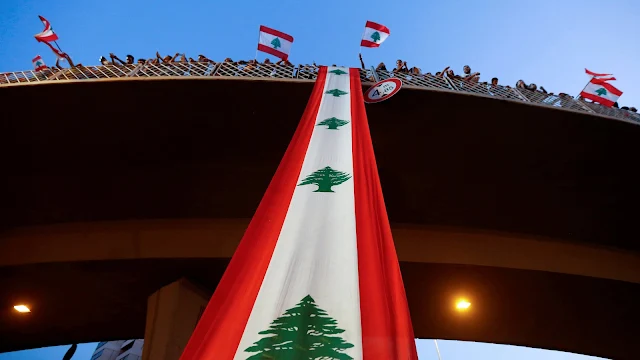Lebanon is a tourist country par excellence, where it is a confluence of old and new civilizations. This beautiful place that contains mountains, and cultural and historical tourism makes you spend a wonderful vacation.
Port in Tripoli (Lebanon)
The port area in Tripoli is considered one of the most vital places in the city.
The old part of it was previously designed to be a deterrent to foreign military invasions, and it was developed from the first half of the twentieth century AD until the area became the commercial center of the city.
It includes many protected sites, buildings, mosques, shipbuilding centers, and shops selling silk and agricultural products, such as citrus and sugar cane.
Saida market - Sidon Souks (Lebanon)
There is a Sidon market in the Lebanese city of Sidon, it is one of the oldest markets in the country and is characterized by its traditional heritage.
It includes a large number of shops, and kiosks selling various products and merchandise, and visitors can walk in the narrow lanes, and enjoy the atmosphere of shopping.
Public squares (Lebanon)
The Republic of Lebanon includes many ancient historical public squares and places, some of which date back to the Roman era, the French Mandate period, or the Ottoman Empire era.
Which is represented by Sanayeh Park, Tire Square or Riad El Solh Square, and the Corniche - a road by the sea - which is considered one of the most vital areas in the country.
In addition to Al-Hamidiyah Square or Martyrs Square, Al-Najm Square, and the Pine Forest.
Other landmarks in Lebanon
The Lebanese Republic includes many other distinctive places and attractions, including:
- Mleeta landmark for jihadist tourism: It is located on Mount Amil near the city of Nabatiyeh. This landmark represents a mixture of the museum, the memorial, and the entertainment city.
- Temple of Echmoun: It is located 3 km to the north-east of Sidon. It is a Phoenician archaeological and historical landmark, work began in the seventh century BC.
- Raymond de Saint-Gilles Castle: a historic Crusader castle, located in the city of Tripoli.
- The archaeological site of the port: It is a historical ruin dating back to the third millennium BC, and includes a paved street, and Roman and Byzantine mosaic panels.
- The New Hammam: It is an old traditional hammam, built in 1740 AD, and remained in use until the seventies of the last century.
- Qartawia School: It is located near the Great Mosque. It was built by the Mamluks at the beginning of the thirteenth century AD.
- Qadisha Grotto: It is a small cave that contains many wonderful natural formations.
- Temple of Venus: An ancient historical temple, built during the early Christian era.
- Youssef Chehab Palace: It is a historical palace, built during the eighteenth century AD, and now represents the municipality building.

